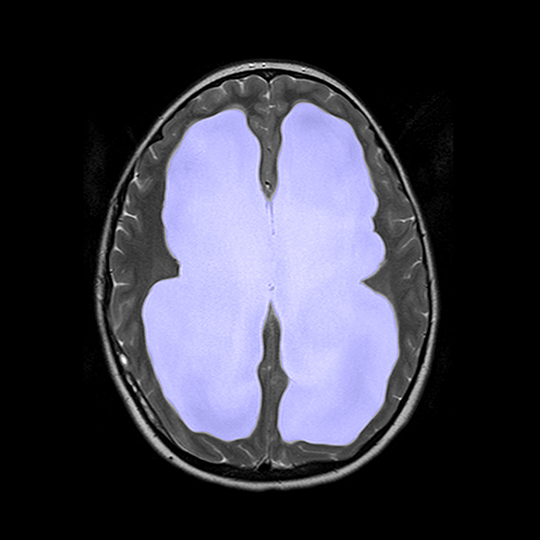We have 3 convenient locations throughout Southeastern Wisconsin.
What is hydrocephalus?
Hydrocephalus is a medical condition caused by excessive accumulation of fluid in the brain. Once known as “water on the brain,” the fluid is actually cerebrospinal fluid (CSF) that is produced in the brain and surrounds the brain’s tissues and spinal cord.
Typically, CSF flows through the four ventricles of the brain, bathing the brain and spinal cord, allowing the absorption of nutrients and the removal of waste. Health deteriorates when CSF remains stagnant.
There are two types of hydrocephalus- acute and normal pressue hydrocephalus:
- Acute hydrocephalus
This type is connected with head trauma, some cancers, or infections. - Normal pressure hydrocephalus (NPH)
This type is more of a chronic condition that develops in people in their 60s and 70s, and while it can often be associated with dementia it is actually a treatable condition.
For more information on Hydrocephalus and others brain disorders contact Dr. Ahuja’s team today.

What are the causes of hydrocephalus?
Hydrocephalus can be caused by an overproduction of cerebrospinal fluid, or more frequently by a reduction in the ability to drain the spinal fluid. This reduction in the ability to drain cerebrospinal fluid may be caused by a blockage in the drainage pathway such as a tumor or infection.
Other causes of hydrocephalus include:
- Traumatic injury
- Diseases such as meningitis, cancer or hemorrhage
- Brain surgery and other nervous system infections
Hydrocephalus can be present in babies at birth, though it should be noted that Dr. Ahuja does not accept pediatric patients at this time.
How is hydrocephalus diagnosed?
Symptoms in older children and adults may include:
- Headaches
- Vomiting
- Nausea
- Vision problems
- Balance and coordination disturbances
- Urinary incontinence
- Personality or cognitive changes
The symptoms of normal hydrocephalus are gait disturbance including shuffling steps when walking and difficulty using stairs, confusion that can be interpreted as mild dementia, and urinary incontinence.
If you experience these symptoms, it is important to meet with your doctor soon.
Either a CT scan or magnetic resonance imaging (MRI) may be used to diagnose hydrocephalus.
After these scans, if a presumptive diagnosis is made, a follow up test called a cisternogram may be ordered. In some cases a lumbar puncture may be performed.
Dr. Ahuja and staff perform radiological procedures at The Brain and Spine Imaging Center, our state-of-the-art imaging facility in Franklin, Wisconsin.
If you have been diagnosed with hydrocephalus, we will advise you through this process and give you the support you need as you decide on your next steps.
Is surgery necessary for hydrocephalus?
Surgery is the most successful treatment for hydrocephalus. A drainage shunt is inserted in the ventricle fluid spaces inside the brain, and a tube redirects cerebrospinal fluid to an area of the body where the fluid can be absorbed. One area is the lining of the abdominal cavity.
What are non-surgical treatment options for hydrocephalus?
Sometimes medications, such as diuretics, are prescribed to reduce fluid and pressure around the brain and spinal cord, but oftentimes, neurosurgeon Dr. Arvind Ahuja, M.D. must treat hydrocephalus by surgically placing a shunt system, which diverts the flow of fluid to another part of the body where it can be absorbed as part of the normal circulatory process.

